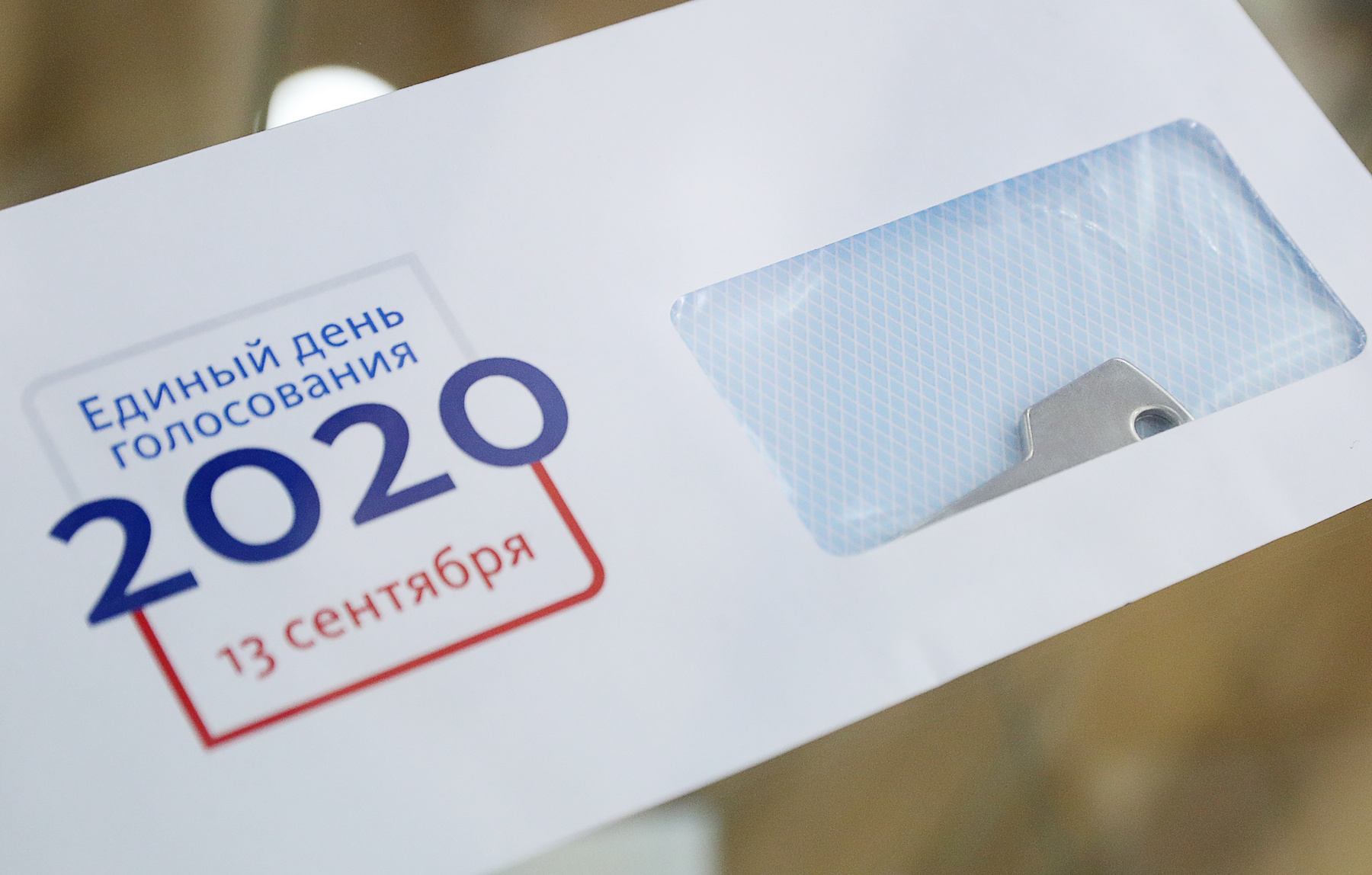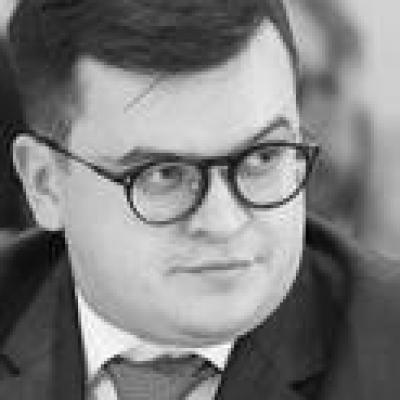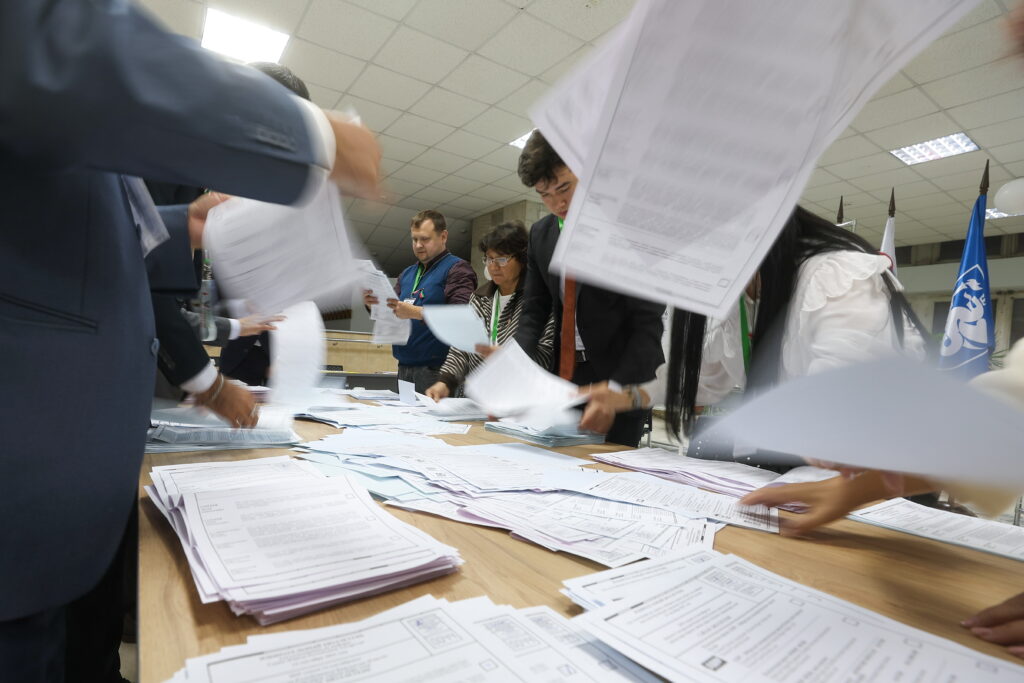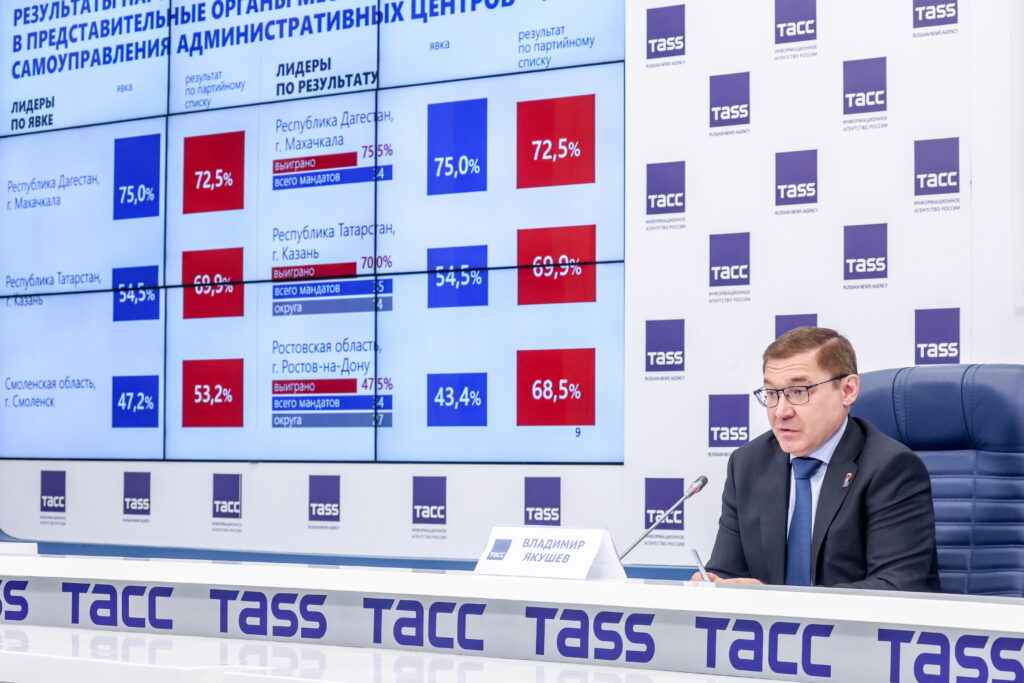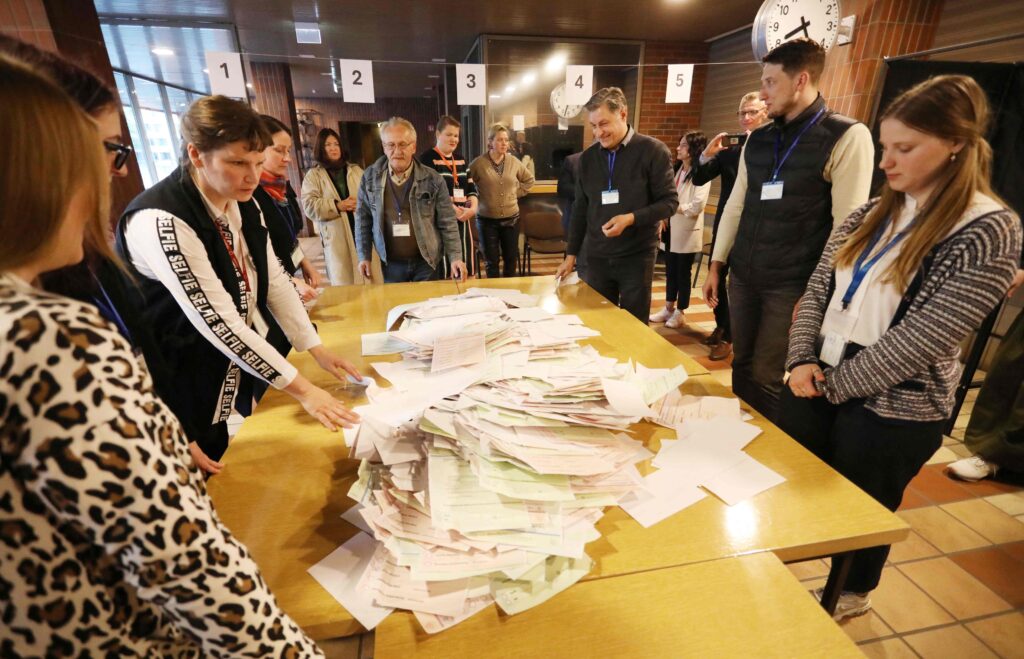9,071 election campaigns will take place in Russia on Sept. 13. Among the largest: by-elections to the State Duma in four districts, elections of 17 heads of regions, 11 regional parliaments and 22 city councils in administrative centers. More than 78 thousand deputy mandates and elective positions up for grabs.
The elections held in such a number can vary widely: choosing the head of Tatarstan or electing of council deputies in the city of Shuya, Ivanovo region, are two different universes. Nevertheless, there are some general trends.
New heads of regions
Gubernatorial elections, since their return in 2012, continue to be perceived by the presidential administration as a purely bureaucratic procedure for replacing a senior official. There should be no room for voters. Over the years, the system has generally worked flawlessly; competitive campaigns were exceedingly rare. For the entire period of 2012-2019 direct elections of governors were held 126 times — voters played a real role only in isolated cases. Among the most memorable were the 2015 election of the governor of the Irkutsk region, which was won by communist Sergei Levchenko, and unexpected results in four regions in 2018. To this list one can perhaps add only the elections of the head of the Altai Republic in 2015. Here, only 500 votes saved the incumbent governor from a second round of votes. At the same time, the campaigns of 2018 can hardly be called competitive in the sense of a struggle of candidates. The winners from the Communist Party of the Russian Federation (KPRF) and the Liberal Democratic Party (LDPR) then won the campaign, a contrary result to their plans and actions.
However, after 2018, even that system of full control over the admission of candidates was modernized; the following year observers could spot fresh winds: opposition to the nomination of candidates even from parliamentary parties; the use of self-nomination by “administrative” candidates; and distancing from party brands. The most indicative were the elections for the governor of the Zabaykalsky Krai. Here, not a single parliamentary party formally participated.
This trend has strengthened in 2020. Again, out of 18 “administrative” candidates, six, i.e. a third, went to the polls as self-nominated candidates. This is not only about United Russia: in Chuvashia, the acting governor is a representative of Fair Russia, and in the Smolensk region, the acting governor is a member of the LDPR. Of course, in these regions there were no opponents from United Russia.
In general, the presence of collusion between parties in the gubernatorial elections is a common story. This time, signs of such collusion are notable in seven regions (Komi, Tatarstan, Chuvashia, Arkhangelsk, Bryansk, Smolensk, and Jewish Autonomous Oblasts).
In general, we can say that a simulation model of gubernatorial elections had fully formed. Its last notable “update” happened in 2019.
However, there is still one difference in the 2020 elections: increased pressure on the KPRF. The communists are actively participating in the “give-away game” and not nominating candidates for governor in two regions. Still, in another five subjects of the federation their candidates were not registered due to the so-called “municipal filter”, which consists in the need to collect the signatures of municipal deputies and elected heads of local government. Moreover, in the Jewish Autonomous Oblast and Sevastopol, just before the elections, councils of deputies were disbanded. Here, there was a large percentage of representatives of the Communist Party. As a result, the country’s second-strongest party will participate in only 11 out of 18 governor elections.
Despite this, the authorities will face problems in some regions. Along with the Arkhangelsk region and Komi, where the memory of protests around the Shies landfill is still fresh, the main flareup may be in the Irkutsk region. At the end of 2019, the communist governor Sergei Levchenko, who won competitive elections in 2015, was forced to resign. Then there was some messing around with the timing of the 2020 elections. This was done so that Sergei Levchenko, as the retiring governor, could not participate in them. However, there is a candidate from the Communist Party of the Russian Federation in these elections. The irritation of citizens is running high, due to how Moscow does not allow them to decide for themselves who will govern the region. It is no coincidence that it was in Irkutsk that the second largest rallies – after the Khabarovsk Region – took place in support of the arrested Khabarovsk Governor Sergei Furgal.
Probably, we should expect a difficult campaign for the authorities in Kamchatka as well – the Far East is becoming more and more critical of the federal authorities.
Regional Parliamentary Changes
The main intrigue of this year’s regional parliamentary elections is which of the parties will be able to secure a privilege for themselves in the 2021 State Duma elections. It is about the right to nominate candidates without collecting signatures from voters. For this, the party must either get more than 3% in the last State Duma elections or overcome the barrier to entry in at least one of the regions in the elections to the relevant legislative assembly.
Thus, the current elections are the last chance to receive such a privilege. This is especially important in connection to how for many years,. candidates for deputies have almost no chance of registering through the collection of signatures. This situation was most vividly manifested a year ago at the elections to the Moscow City Duma, but it is typical for all Russian elections of the last one and a half decades. This time, the situation even worsened; the federal legislator in the spring tightened requirements for the collection of voters’ signatures: it halved the allowable share of “defect” and obliged voters to write their names on their own signature lists — increasing the errors when filling them out. And the epidemiological situation did not help enable contacts between signature collectors and voters.
As a result, only 10% of single-mandate candidates nominated by parties without parliamentary benefits were able to register by signature. Among self-nominated candidates the share is higher – up to 1/3. The exception is, as a rule, candidates “agreed” with the administration. These are “technical” candidates, spoilers or “administrative” candidates who do not want to use the United Russia brand.
The results of registering lists of new parties, which were forced to collect signatures, are striking. All of them were created in the spring and received registration from the Ministry of Justice already during the period of epidemiological restrictions. At the same time, all four set records for the time elapsed from the moment of the constituent congress to the moment of obtaining registration as a party – experts do not remember such a speed of work of the Ministry of Justice since 2012-2013.
Among the new parties, the party of the Russian writer Zakhar (Yevgeny) Prilepin For the truth registered the largest number of regional lists. It goes to eight regional parliaments at once. For the truth is now perceived as a possible spoiler of the Liberal Democratic Party. If For the truth can get a faction in at least one regional parliament, then on the radical-patriotic flank next year the Liberal Democratic Party will have to compete with three parties at once: For the truth, Patriots of Russia and Rodina. This is similar to the situation with the Communist Party of the Russian Federation, which also gets three competitors at once in its field: KPSS, the Communists of Russia and the Russian Party of Pensioners for Social Justice.
The New People party should be responsible for the competition on the conditionally liberal flank. It nominated lists in six regions and registered in four. True, unlike other new parties, it also tries to participate in local elections. That is, we can say that the New People have ambitions, the minimum required organizational structure and financial resources. In addition, the founders of the party have experience in social activities. They are associated with the commercial company Faberlic, which back in 2010 launched the Green Movement of Russia (ECA). Its leader was Marina Kokorina, a former commissar of the Nashi movement and adviser to the first head of Rosmolodezh Vasily Yakemenko. If successful, the party will enter the field where the Party of Growth, the Party of Cause, PARNAS and Yabloko are now acting – albeit without visible success.
At the same time, Yabloko may get another conditional competitor on the part of the environmental theme, which it traditionally supports lists of the Green Alternative party are registered in two regions.
The latest of the new projects is a strange structure called the Party of Direct Democracy, founded by the creators of the online game “World of Tanks” and advocating the idea of a radical overhaul of the entire party system.
Among the old small parties, the Party of Pensioners was able to register most of all regional lists (in nine regions, in seven of which it was supposed to collect signatures). At the same time, the old democratic party Yabloko put forward the lists in four regions and was able to register only in one – the Kostroma region, where it had a “parliamentary privilege”. PARNAS put forward only one list and was unable to collect signatures.
Analyzing the parties allowed to participate in the elections, it is clearly seen that the presidential administration is trying on the eve of the start of the federal campaign to test different scenarios: somewhere a very limited set of old parties participate in the elections, somewhere, on the contrary, the abundance of candidates resembles Noah’s Ark, and in other cases specific spoilers of specific parties are tested on regions with varying protest moods.
And although the federal campaign will be seriously different in nature and technology from the current elections, its scenario in the heads of Kremlin administrators will be shaped by the results of the September 13 vote. Therefore, these elections should be watched with special attention.
